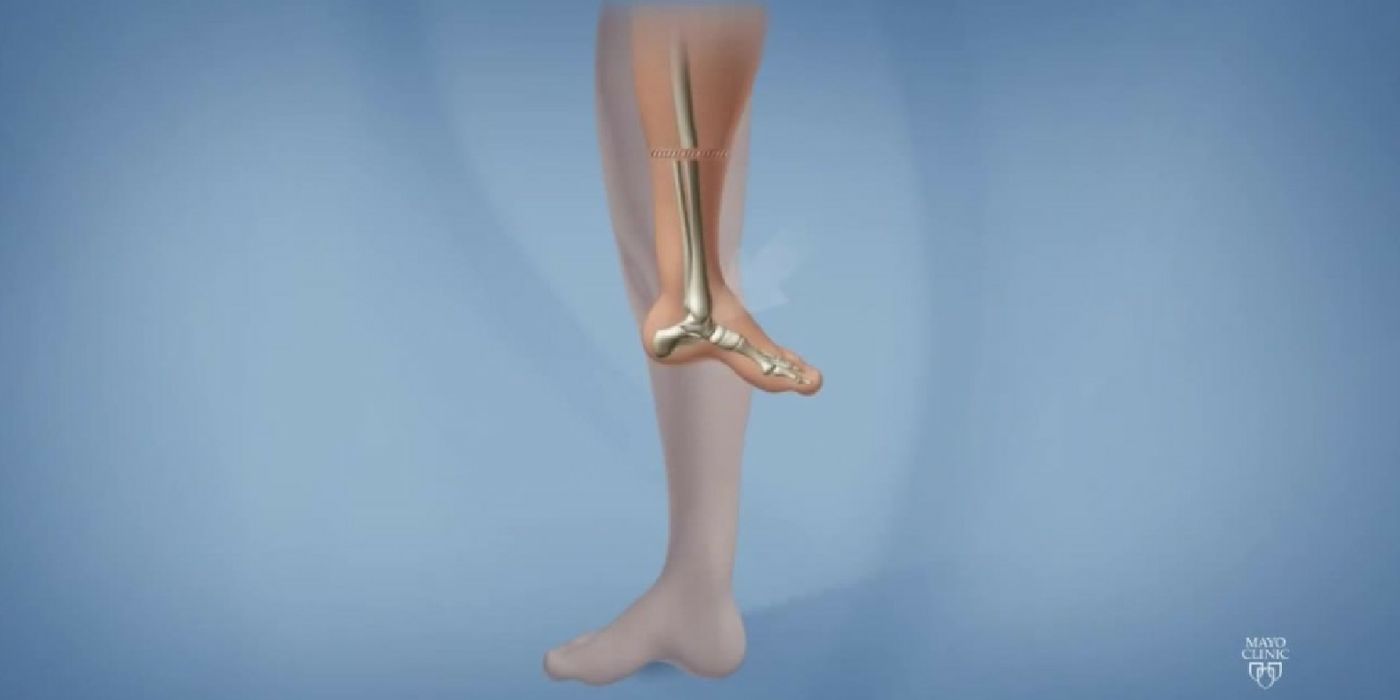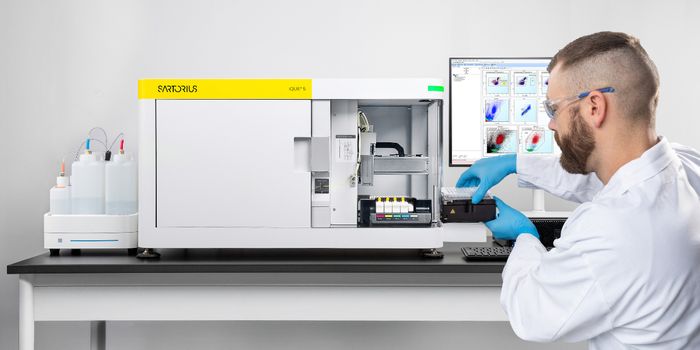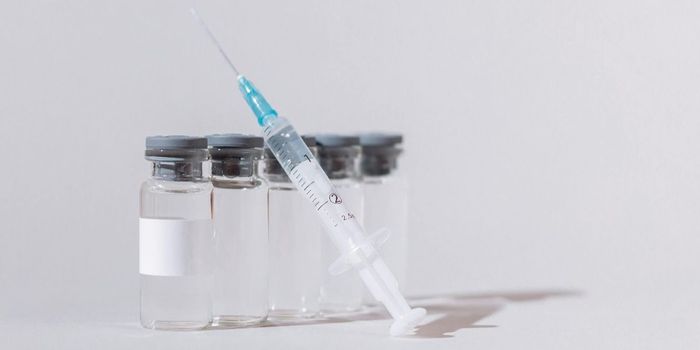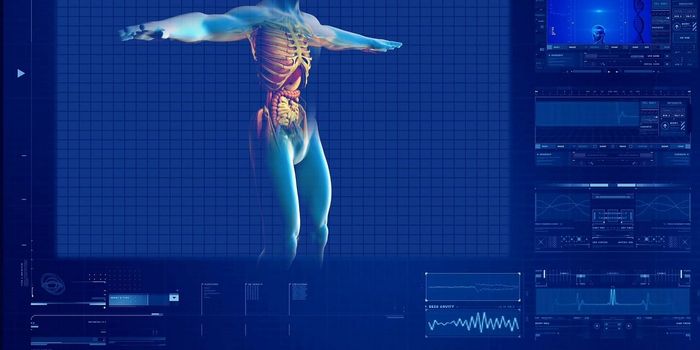How Rotationplasty Preserves Mobility After Osteosarcoma
For children with bone cancer below the knee, a revolutionary procedure removes the tumor while also allowing for better mobility as children grow up.
Osteosarcoma is a rare cancer of the bones, affecting about 1,000 people every year. However, the disease is more prevalent in children and young adults, making up about 2 percent of childhood cancers. The disease strikes people mainly between the ages of 10 and 30 years old. Fortunately, if the cancer is caught early and responds to treatment, the five-year survival rate is between 60 to 80 percent.
To treat osteosarcomas that occur around the knee, doctors employ chemotherapy and limb-sparing surgery. However, if the cancer has progressed to the bone, surgeons may have to amputate to ensure the entire tumor is eliminated. While this drastic measure stopped the cancer, if amputated at the knee, the procedure left children with limited mobility and challenges with prosthetic limbs.
However, rotationplasty could alleviate some of these challenges. The procedure’s name aptly describes the process, which involves turning the foot and ankle 180 degrees and reattaching to the upper leg to create a new knee joint. Specifically, surgeons would first remove parts of the leg that is diseased. Then, the lower leg is rotated and attached to the femur. After attachment, the heel faces forward and the foot faces backwards. What was previously an ankle joint will now function as a new knee joint, bending to the back of the body. After the parts have healed, children are fitted for prosthesis, which fit over the repositioned foot and ankle.
If the procedure sounds radical, that’s because it is still relatively new. “Rotationplasty is rarely done in the United States — fewer than 10 procedures annually — because it’s performed in a very select group of patients and requires an alteration in the appearance of the leg by turning the ankle joint 180 degrees and re-purposing it to function as the knee joint,” said Dr. Nathan Mesko, an orthopedic surgeon at the Cleveland Clinic who has performed the surgery.
As radical as the appearance of the leg may look, the results speak for themselves. Because the procedure repurposes a child’s own body part, they are able to better adapt to changes. With their ankle as the new knee, children are able to move more easily and have better control of their eventual prosthesis, as compared to a person with above-the-knee amputation. Doctors say this option allows the best chances that the child can stay active despite the changes to their limbs.
“This procedure is best for this age group because these children have high degree of malleability and ability to conform to new functional demands,” Dr. Mesko says. “With a growing child, this solution provides a potential lifelong solution that can avoid complications seen with cadaveric bone or large metal implants.”
Importantly, the procedure is not complete until the child is fitted with a prosthetic limb that works for them. “While the body can adapt, the youngster does need a quality, well-fitted prosthesis to make that limb as functional as possible,” he says. “The ankle can actually take over the knee’s function. And by marrying that to a specialized prosthesis, it gives your child a lifelong durable construct after healing has completed.”
Dr. Mesko cautions that the new appearance of the limb can be shocking. But despite this, he believes the benefits of rotationplasty is too great. “The issues we must weigh is the short-term cosmetic aesthetic concerns against the long-term issues, which include mobility,” he says. “Not only does this have better long-term potential for a patient to achieve high-functional status, but we can also minimize complication rates.”
“While parents and families of course worry about their child’s psychological well-being, young children have an amazing ability to adapt mentally and physically,” Dr. Mesko says.
Additional source: Cleveland Clinic









